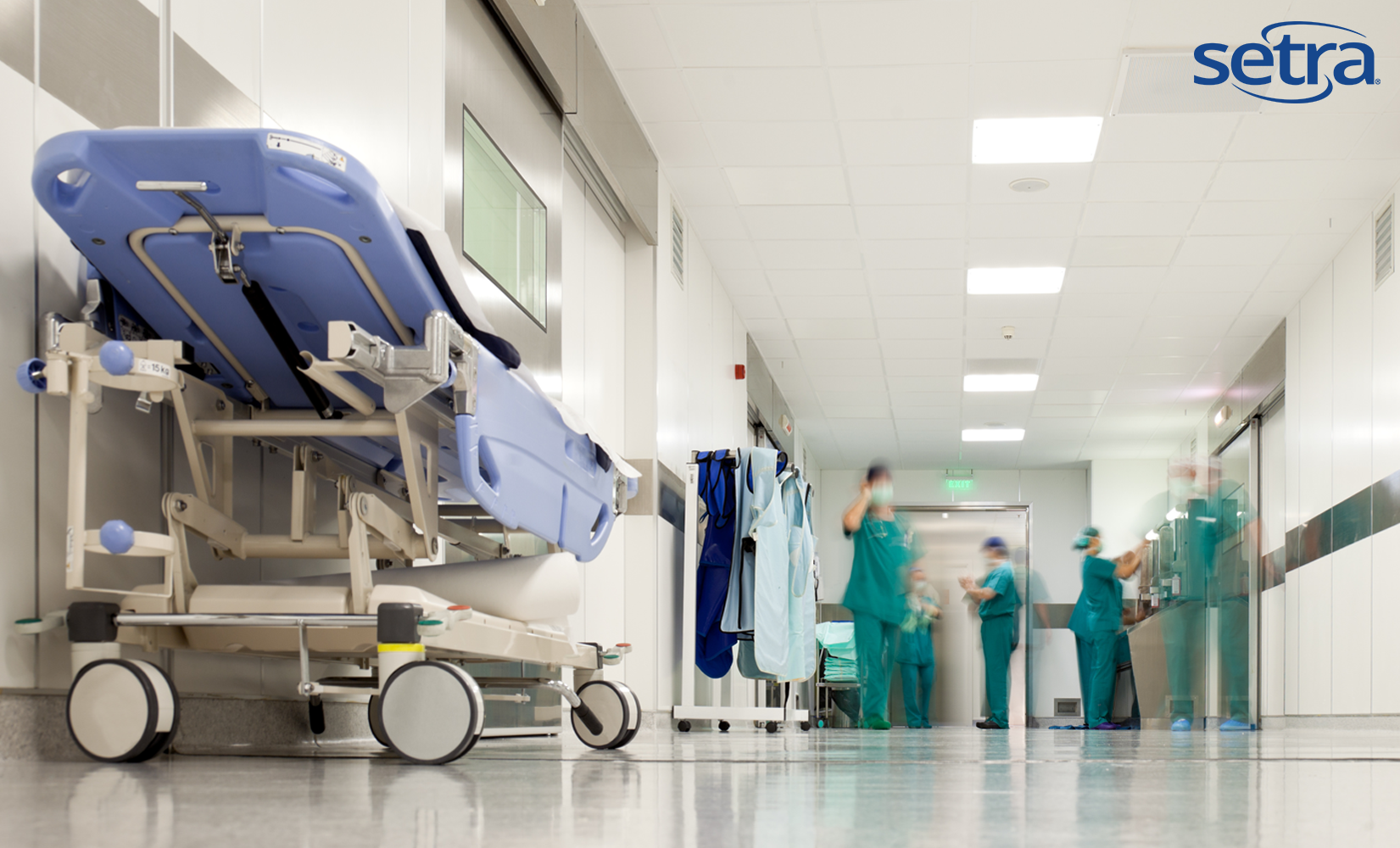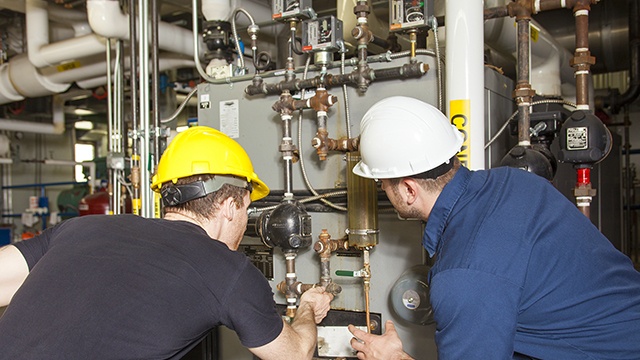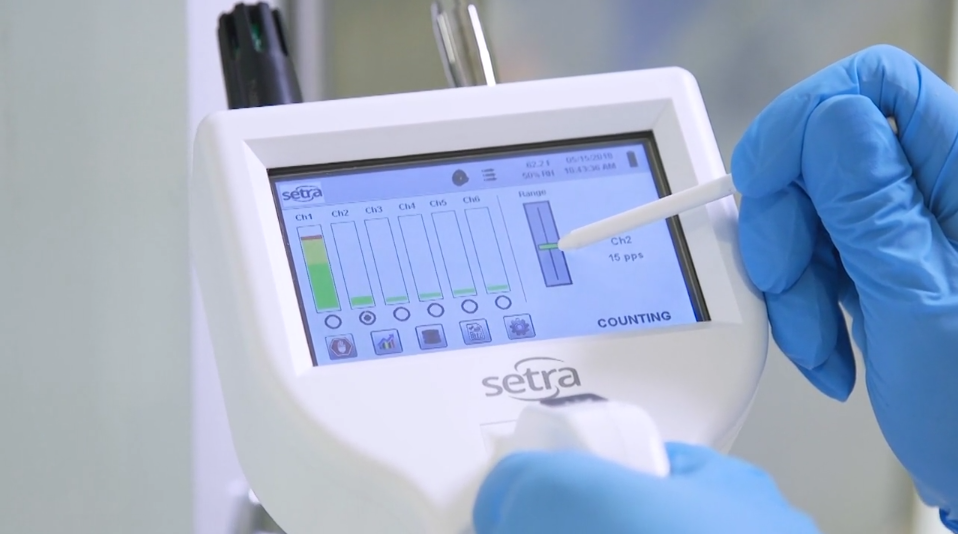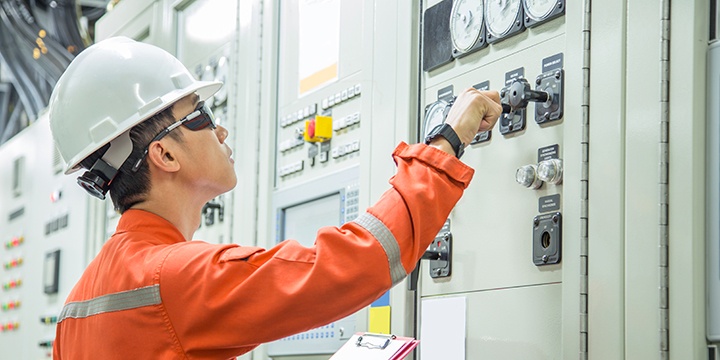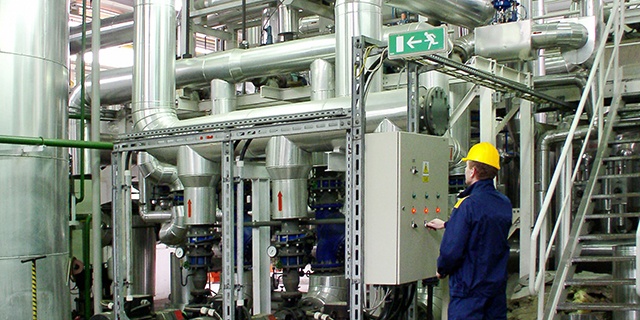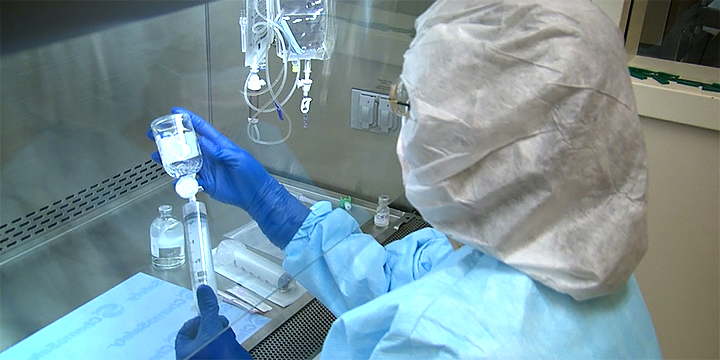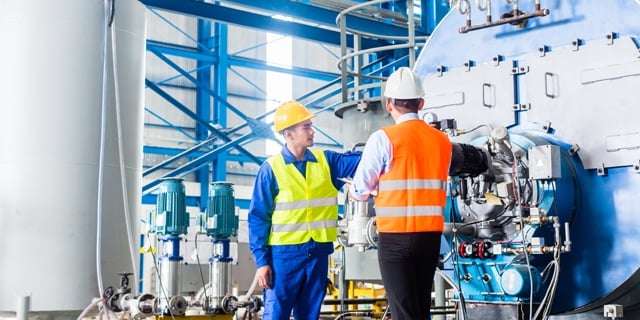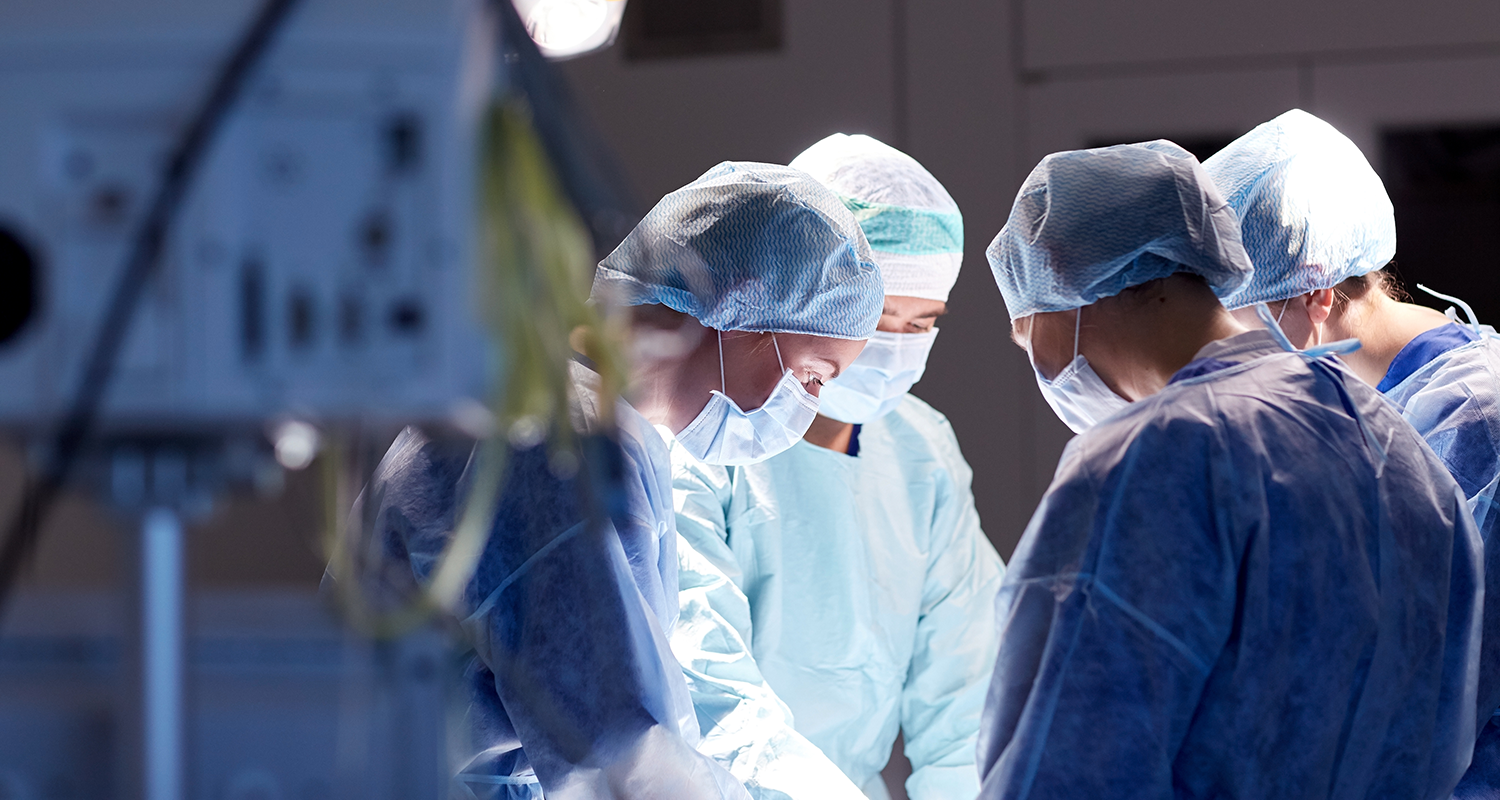Join Setra at AHR 2019 in Atlanta, Georgia! The show runs from January 14 to January 16 at the Georgia World Congress Center. This year, Setra will be at booth C5212 with our newest innovations, including Particle Counters, Humidity Sensors, Power Meter, and of course our FLEX Environmental Monitor, the recipient of the 2018 AHR Innovation Award in the Building Automation category.
Setra Blog
Please join us at the 2018 ASHP Midyear show in California. The show will take place December 3-5, 2018 at the Anaheim Convention Center. Setra will be at booth 1771 and will have Particle Counters, Humidity/Temperature Sensors, and the award-winning Setra FLEX Environmental Monitor on display.
In hospitals, pharmaceutical compounding centers, and other sensitive healthcare environments, one of the biggest threats to patient health is the spread of pathogens. Exposure to viruses, bacteria, pollen, and fungi all pose hazards to patients and care providers and can compromise critical spaces like operating rooms and other procedure areas.
Design engineers have a lot to consider when selecting components for use in end-user products and equipment. Original Equipment Manufacturers (OEMs) that follow a strict Design for Manufacturing and Assembly (DFMA) methodology will have few, if any, problems with pressure transducers. However, OEMs that do not adhere to DFMA practices in their factory increase the likelihood of reoccurring issues, including transducer failure.
In most hospital pharmacy cleanrooms, standard operating procedure includes sampling of air quality for viable particles (i.e. particles that include or are composed of microorganisms). These tasks are traditionally executed with an air sampler containing agar strips or simply by placing agar contact plates on surfaces throughout the facility. These samples are then left to incubate and are then analyzed to determine the environment’s air quality.
Design engineers have a lot to consider when selecting components for use in end-user products and equipment. Original Equipment Manufacturers (OEMs) that follow a strict Design for Manufacturing and Assembly (DFMA) methodology will have few, if any, problems with pressure transducers. However, OEMs that do not adhere to DFMA practices in their factory increase the likelihood of reoccurring issues, including transducer failure.
Design engineers have a lot to consider when selecting components for use in end-user products and equipment. Original Equipment Manufacturers (OEMs) that follow a strict Design for Manufacturing and Assembly (DFMA) methodology will have few, if any, problems with pressure transducers. However, OEMs that do not adhere to DFMA practices in their factory increase the likelihood of reoccurring issues, including transducer failure.
Hospital pharmacies are unique because of the critical role they play in maintaining patient health and safety. Pharmacies that perform compounded sterile preparations (CSPs), in particular, must meet specific clean room standards to ensure sterile conditions are maintained. While there are many established environmental requirements in these spaces, some pharmacy managers are choosing to go the extra mile in exchange for added peace of mind.
When first selecting a pressure transducer for a new project or piece of equipment, designers typically focus on key design parameters such as pressure range, electrical output, media compatibility and environmental conditions. However, those parameters are not the only ones to consider when making a smart choice for an application. There are three design considerations that are often overlooked when selecting a pressure transducer: transfer medium (oil filled vs. non-oil filled), construction, and type of sensing technology.
Hospitals are one of the most tightly-controlled spaces in terms of monitoring the indoor environment. ASHRAE Standard 170 is used by both The Joint Commission (TJC) and Centers for Medicare and Medicaid Services (CMS) as the fundamental reference for adequate levels of temperature, humidity, differential pressure, and air change rate in many spaces within a hospital. The ability for healthcare facilities to monitor, verify, and control these conditions is crucial not only for passing these rigorous inspections but also for protecting the health and safety of their patients and staff.
Subscribe to Our Blog!
Topics
- Critical Environments (182)
- HVAC/R (179)
- General Industrial (153)
- Building Automation (134)
- General Industrial OEM (92)
- Energy Management (85)
- Test and Measurement (66)
- HVAC/R OEM (58)
- Barometric (44)
- Alternative Fuels (42)
- Medical (40)
- Process/Mfg Tank Level (40)
- Water and Wastewater (39)
- OHV (38)
- Oil and Gas (35)
- Industrial Vacuum (29)
- Calibration (25)
- Semiconductor (25)
- Particle Counting (18)
- Cleanroom Monitoring (17)
- Room Pressure Monitoring (16)
- Trade Show (12)
- cleanroom environment (12)
- Scales (11)
- Environmental Monitoring (10)
- Power Monitoring (10)
- Healthcare (9)
- Power Meters (9)
- Software (9)
- cleanroom monitoring systems (9)
- Case Study (8)
- critical environment technologies (8)
- Humidity (7)
- data centers (7)
- particle counter (6)
- pressure transducers (6)
- LITE room pressure monitor (5)
- hardware and software cleanroom monitoring systems (5)
- setra lite (5)
- Compliance (3)
- Video (3)
- hospital spaces (3)
- FAQ & Troubleshooting (2)
- Monitoring Compounding Pharmacies (2)
- Semiconductor Manufacturing (2)
- agencies that monitor pharmacies (2)
- energy (2)
- hvac (2)
- laboratories (2)
- monitor compound pharmacy (2)
- protected environment (2)
- regulatory compliance (2)
- setra lite features (2)
- usp 797 (2)
- Current Sensors and Transducers (1)
- Current Transformers (1)
- Pressure (1)
- aerospace cleanrooms (1)
- cems (1)
- digital transformation (1)
- ipv6 multicast (1)
- ipv6 multicast address (1)
- ipv6 multicast address range (1)
- isolation room pressure monitoring (1)
- multicast address ipv6 (1)
- multicast ipv6 (1)
- operating room (1)
- pharma 4.0 (1)
- pressure sensor (1)
- pressure transducer companies (1)
- semi conductor (1)
- sensors and transducers (1)
- setra pressure transducers (1)
- submetering (1)
- sustainability (1)
- temperature monitor (1)
- temperature monitoring for pharmacies (1)
- transducers (1)
- usp 800 (1)
- water (1)
- what does hvac stand for (1)
- what is a transducer (1)
- what is hvac (1)


